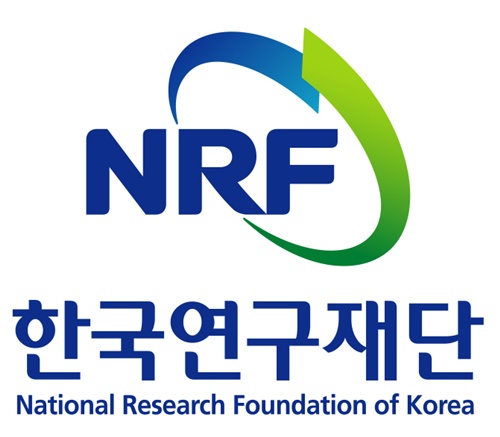Welcome to Environmental Fluid Mechanics Laboratory
(EFML)
We study various types of environmental fluids in nature using observations,
theories, and numerical simulations. The
environmental fluids are observed using acoustic and electromagnetic
sensors such as satellites, coastal radars, underwater gliders, moving
platforms and stationary buoys (see a figure on the right below). The
observed environmental fluids are understood with statistical and
dynamical data analysis (e.g., signal processing, big data analysis,
and machine learning) and theoretical frameworks (e.g., momentum
equations and advection-diffusion equations). The interpreted
environmental fluids are applied to the practical and engineering
problems including tracking of water-borne materials (e.g., pollutants, search
and rescue mission, and larvae transports), renewable energy using
tides and winds, energy
cascade via geophysical turbulent mixing, long-term
climate changes, sensor
fabrication, and spatial and temporal sampling designs.
As boundary layer flows in the air-sea-land interface and a rotating frame, you can easily find the environmental fluids around you such as coffee in a mug, water in a bathtub, rivers, lakes, atmosphere, and ocean etc. Our primary research foci are the environmental and geophysical fluids at the mesoscale [O(100 to 10000) km] and sub-mesoscale [O(1 to 100) km] and the waves and turbulent mixing below the O(1) km scale (see a figure on the left below). Here is a brief overview on our research. PDF
Please
feel free to contact me via email (syongkim
at kaist dot ac dot kr)
if you are
interested in internship and graduate (Master and Ph.D. degrees)
programs
related to those research topics.


Funding
Agencies


